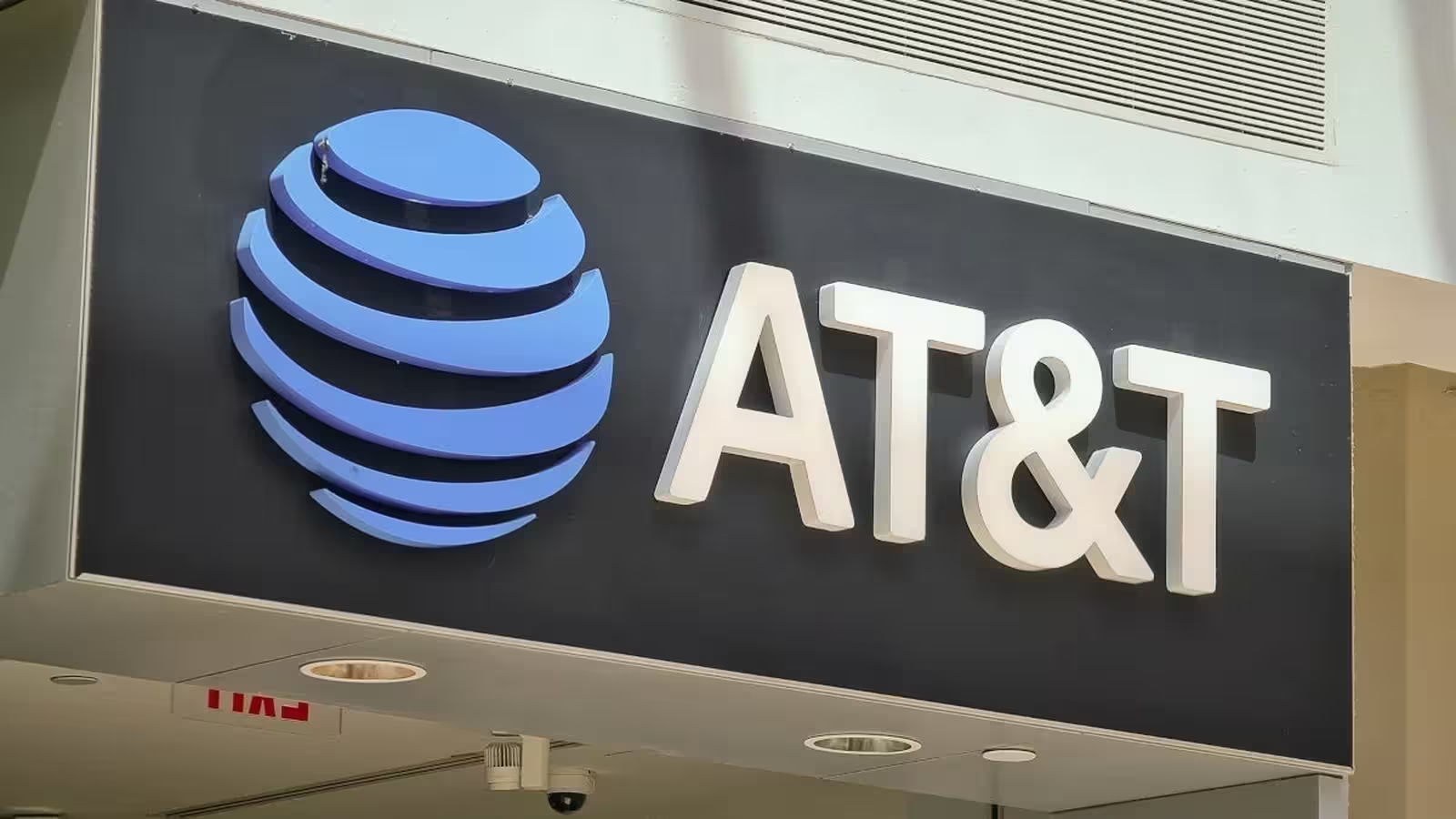4 Minutes
Overview: AT&T's return-to-office policy and leadership stance
AT&T’s push to bring workers back to the office has become a flashpoint that goes beyond typical tech concerns like connectivity or plan pricing. The dialogue centers on how the corporate leadership shapes and manages its employee base. A memo from CEO John Stankey urged a disruptive mindset and signaled that some staff views do not align with the company’s strategic goals, asserting that workers must adhere to the return-to-office (RTO) policy or consider leaving.
In a notable progress check, AT&T reported that more than 99,000 employees—about 73% of the workforce—participated in an earlier survey. While the majority stated they were engaged, the company used the results to flag employees perceived as misaligned with its direction. Stankey framed the results as both encouraging (73% participated; 79% of respondents felt committed) and a reminder that the engagement goal had not been fully met, with scores dipping since the 2023 survey.
Reaction and debate: loyalty, policy, and public discourse
The memo ignited a heated discussion among industry observers. While some argued that workplace loyalty may be waning, others took to online forums, including Reddit, to express frustration with how the RTO policy is being enforced and how the overall work environment is being shaped.
Ground-level rollout: what happened in early 2025
The five-day return-to-office rollout faced a rough start in January 2025. Employees reported overcrowded offices, limited parking, and long elevator lines—particularly at the Atlanta campus. Many arrivals as early as 6 a.m. were unable to secure a desk, sometimes leaving workers to occupy dining areas or conference rooms.
Internal documents imply AT&T allocated more employees than desks, anticipating imperfect daily attendance. Desk personalization was prohibited, and items left behind could be removed. For some staff, the push away from hybrid work appeared to be driven more by cost-cutting imperatives than by collaboration needs.
.avif)
Key concerns highlighted by employees
- Ignored feedback
- Forced relocations
- No clear advancement paths
- Offshoring of jobs
- Broken systems
- Widespread disengagement
Impact on culture and operations: leadership, communication, and morale
Many workers feel leadership is not adequately listening to frontline feedback and is quick to assign blame rather than addressing core issues. Critics point to limited career growth, reduced open communication, and morale damage stemming from quiet layoffs and forced relocations. Concerns about outsourcing and the long-term stability of internal operations are common, and disengagement appears to be rising as collaboration and cross-team communication grow more challenging.
Systems strain and a reminder of outages
With a significant portion of senior staff departing, internal systems are reported to be under strain, leaving key processes unsupported and reducing efficiency across teams. The episode recalls a major service outage in February 2024 that lasted 12 hours and affected more than 125 million devices, blocked over 92 million voice calls, and disrupted more than 25,000 emergency 911 calls—an event viewed by some as a signal of deeper structural issues.
Why this matters to technology and the market
AT&T’s experience highlights the intersection of workforce management and IT operations. For technology leaders, the challenge is balancing cost containment with employee engagement, ensuring robust collaboration tools, effective workspace management, and strong business continuity planning. The situation also adds to a broader industry conversation about hybrid work strategies, resourcing, and the impact of workforce policies on service reliability and innovation.
Takeaways and outlook for the tech ecosystem
As enterprises increasingly experiment with hybrid arrangements, the AT&T case underscores the importance of transparent executive communication, data-driven workspace planning, and policies that align people, processes, and technology. Firms may consider adopting more sophisticated desk-booking and occupancy analytics, clearer career paths, and stronger IT support to mitigate disengagement while preserving cost discipline and operational resilience.
Source: phonearena


Leave a Comment